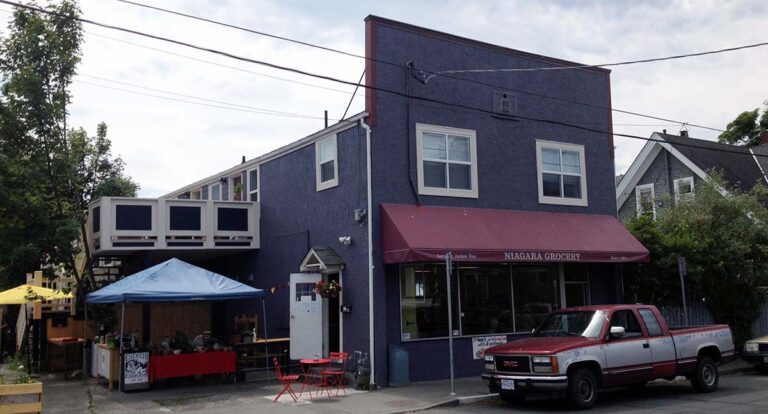The other day I learned about the bioclimatic Architect Mick Pearce and his very interesting CH2 (Counsil House 2) project in Melbourne, Australia. The climate control of this building mimics the ventilation system of a termite hills. As termites farm a certain kind of mushroom to feed their larvae that can handle a temperature fluctuation of 1 degree only, the architecture of termite hills incorporates a ventilation system that keeps the interior temperature at a constant temperature in a climate that experiences hot days and cold nights.
The city of Melbourne has been so kind to put together a educational pdf for download. Go to the CH2 website and download the CH2 -How It Works.pdf for more information.
It explains how the building is being cooled by fresh air ventilation, warm air extraction through undulated ceilings that capture the hot rising air and intelligent shading techniques using slatted timber shutters and planting , while still providing ample natural light inside to reduce energy use.
Water usage is reduced by ‘farming’ the sewer in the adjacent street for non-potable water and rain water harvesting.
Solar energy is captured (of course, it’s Australia!) for electricity and hot water by solar panels on the roof. Wind turbines for power generation are incorporated as well in the design.
If you have an hour to spare and would like to know more about biomimicry (the science that looks at nature for design solutions) watch Architects of Change on the Knowledge Network. This is where I learned about CH2.


Pingback: Bioclimactic design–termite technology | inteago